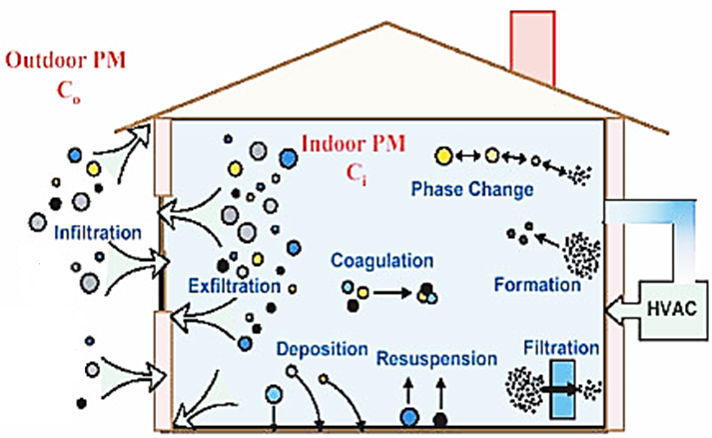Achieving acceptable indoor air quality in buildings depends on: 1) buildings being surrounded by clean outdoor air, 2) buildings being able to filter outdoor air pollutants from the air entering into a building, and 3) achieving proper control (avoid, eliminate at the source, control dispersion, and dilute) of indoor generated pollutants. The sources of pollutants and their characteristics between indoor and outdoor are different in nature. Characterizing pollutants, and their behaviors and interactions is complex; the thermal, light, solar UV, and moisture conditions are catalysts for pollutants emissions, behaviors and interactions.
The Canada Air Quality Health Index (AQHI) is an indicator of human exposure and health risks from outdoor pollution. It is derived from measurements in Air Quality Monitoring Stations environmental stations across the country.
The Caring for the Air reports provide up to date information on outdoor air pollution in the Lower Mainland of British Columbia.
Indoor Air Quality
